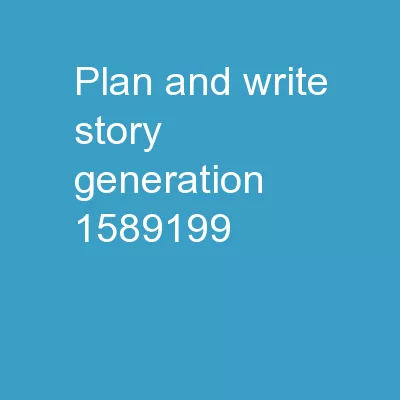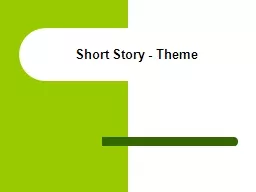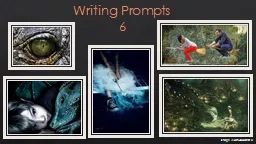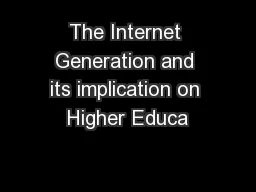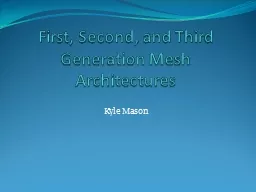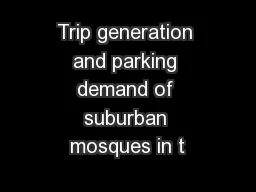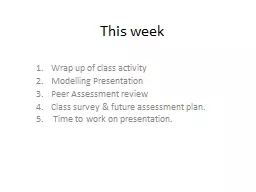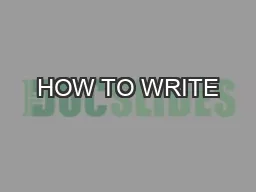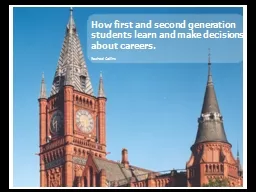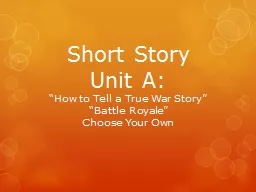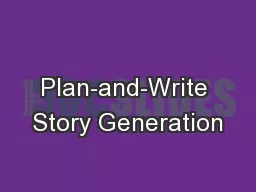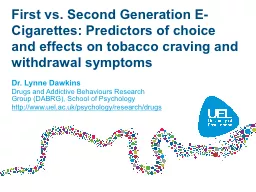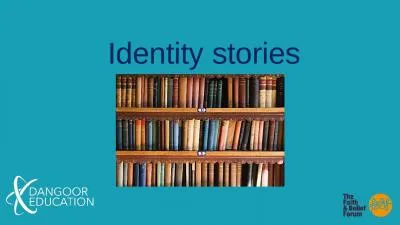PPT-Plan-and-Write Story Generation
Author : faustina-dinatale | Published Date : 2018-11-26
Lili Yao Nanyun Violet Peng Weischedel Ralph Kevin Knight Dongyan Zhao and Rui Yan Nov 11 2018 What are in a story Characters key events morals
Presentation Embed Code
Download Presentation
Download Presentation The PPT/PDF document "Plan-and-Write Story Generation" is the property of its rightful owner. Permission is granted to download and print the materials on this website for personal, non-commercial use only, and to display it on your personal computer provided you do not modify the materials and that you retain all copyright notices contained in the materials. By downloading content from our website, you accept the terms of this agreement.
Plan-and-Write Story Generation: Transcript
Download Rules Of Document
"Plan-and-Write Story Generation"The content belongs to its owner. You may download and print it for personal use, without modification, and keep all copyright notices. By downloading, you agree to these terms.
Related Documents

